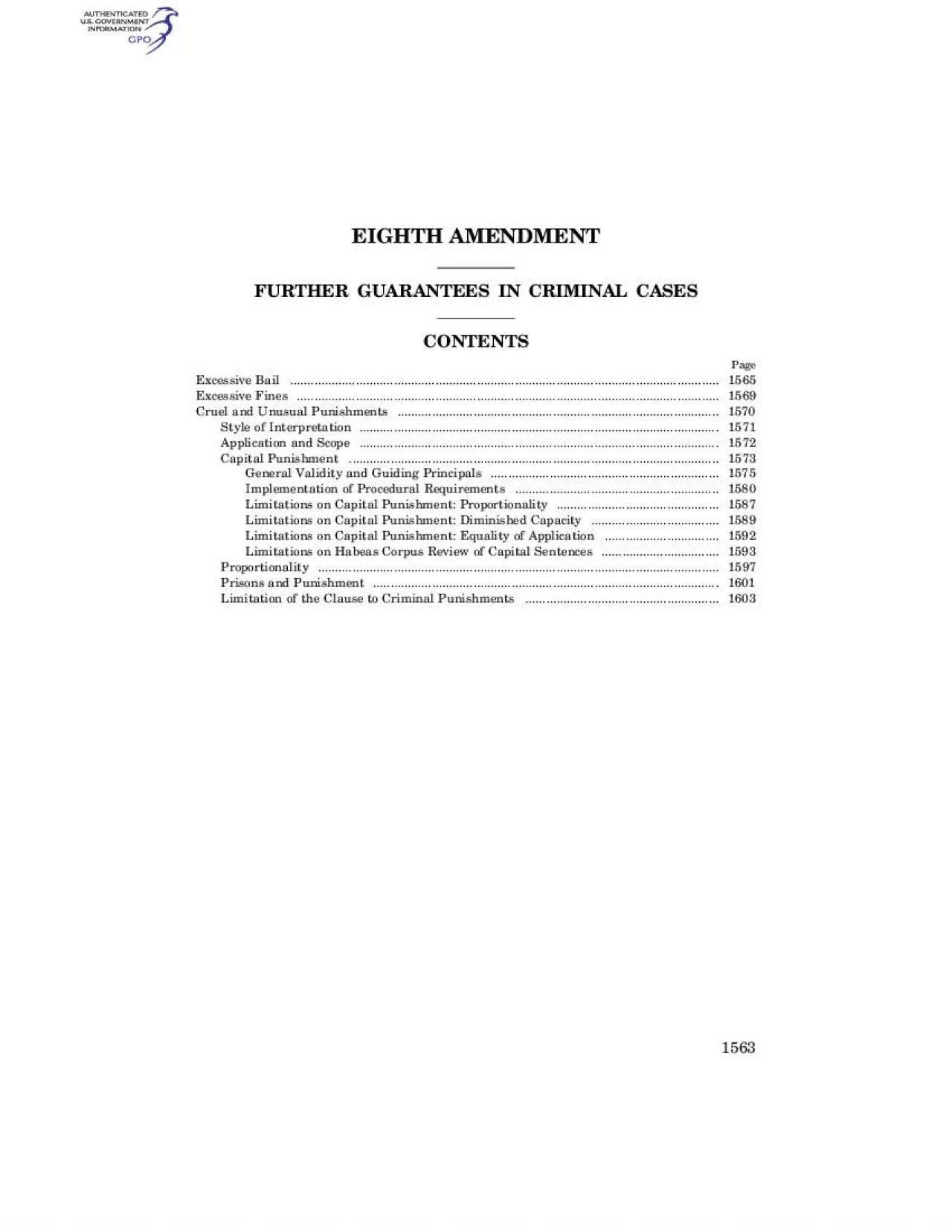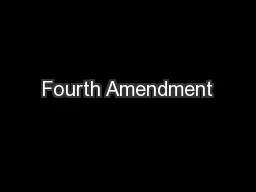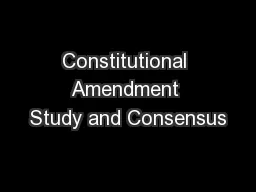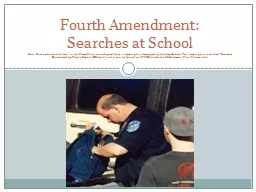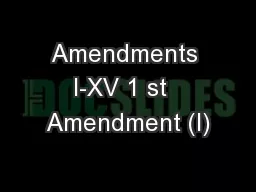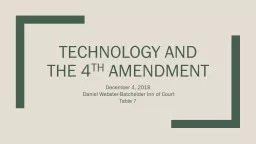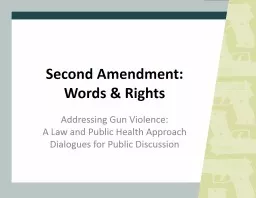PDF-1563EIGHTH AMENDMENT
Author : elysha | Published Date : 2021-10-04
FURTHER GUARANTEES IN CRIMINAL CASES Excessive Bail 1565 Excessive Fines 1569 Cruel and Unusual Punishments 1570Style of Interpretation Application and Scope 1Capital
Presentation Embed Code
Download Presentation
Download Presentation The PPT/PDF document "1563EIGHTH AMENDMENT" is the property of its rightful owner. Permission is granted to download and print the materials on this website for personal, non-commercial use only, and to display it on your personal computer provided you do not modify the materials and that you retain all copyright notices contained in the materials. By downloading content from our website, you accept the terms of this agreement.
1563EIGHTH AMENDMENT: Transcript
Download Rules Of Document
"1563EIGHTH AMENDMENT"The content belongs to its owner. You may download and print it for personal use, without modification, and keep all copyright notices. By downloading, you agree to these terms.
Related Documents

